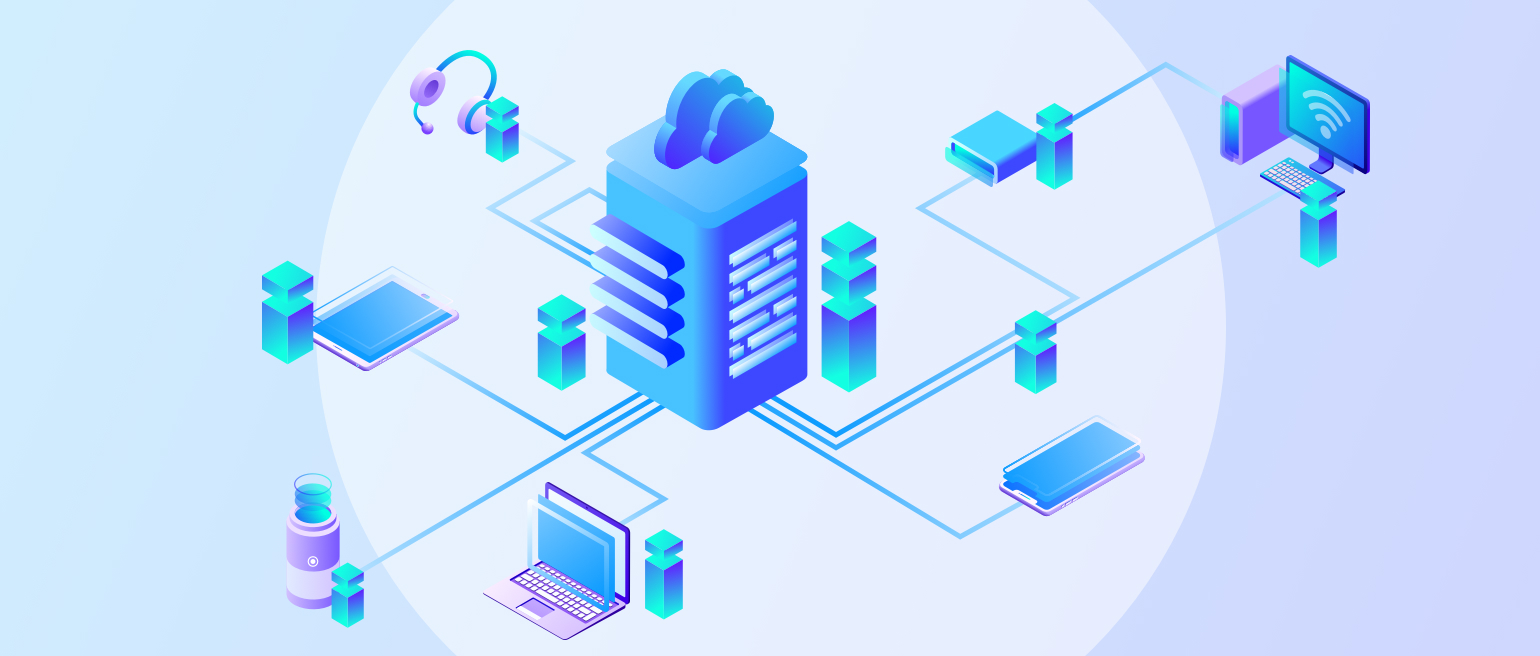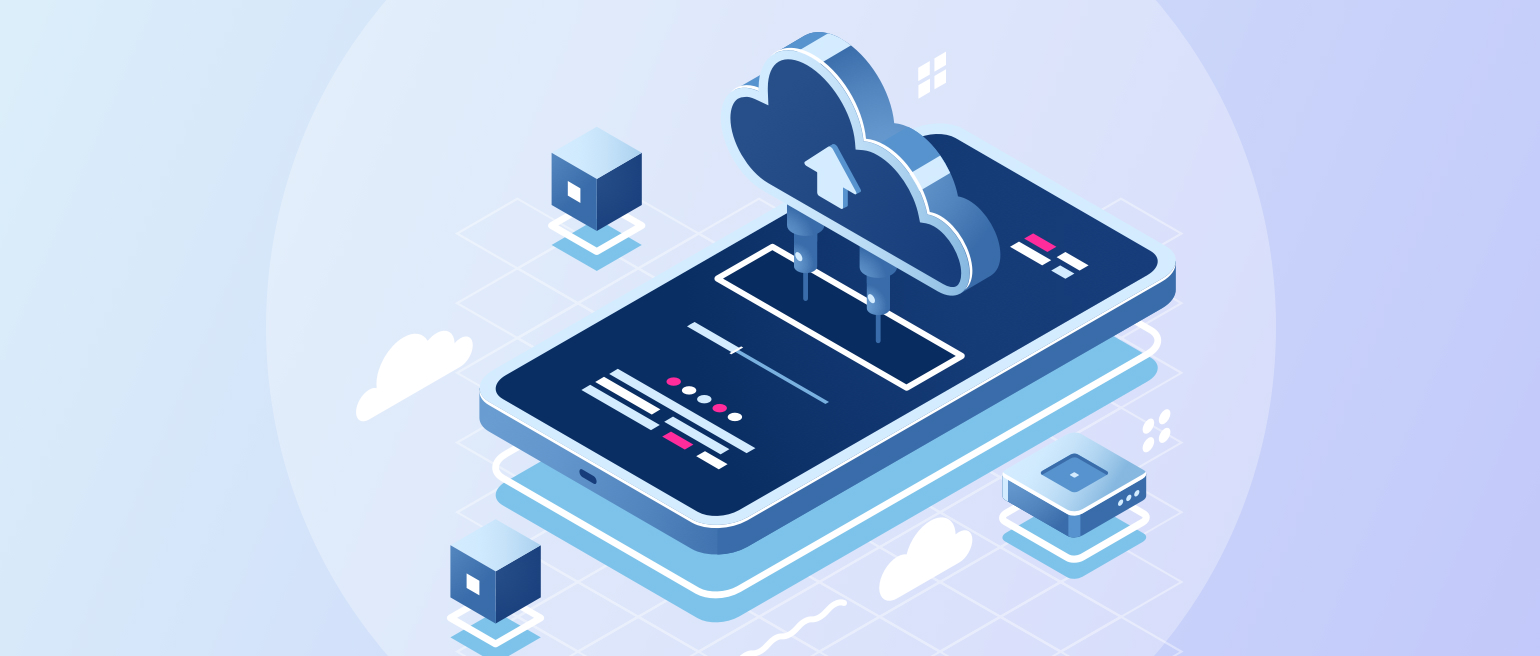IoT is an abbreviated term for Internet of Things. But what is it? Let's take a look at a few illustrative examples. Imagine that you can connect any device to the Internet and use this connection to manage. Moreover, through the network, these things can finally get to know each other, that is, begin to interact with each other. This will be called the Internet of Things. The Internet of Things implies that in the future these networks will be able to connect to each other, forming a new world, which will begin with a smart home or office, and continue with entire smart cities.
Imagine, you are just pulling up to your house, and a smart coffee maker is already brewing coffee for you, while a toaster is frying fresh and crispy toast. Or being in a supermarket, your refrigerator will tell you which products are running out, and which products are about to expire. There are an infinite number of examples, IoT is limited only by the imagination of software creators.
What determines the widespread implementation of IoT

IoT is a system of physical objects connected by a common network with built-in sensors and software that allows them to interact with the external environment, transmit state information and receive data from outside. The system is characterized by autonomous operation mode and the possibility of remote control. The future of the Internet of Things depends on the ability to remotely orchestrate and program vast, topologically complex networks of devices. When devices are connected to public and private clouds that take readings from sensors and control actuators, there will be a shift in focus from collecting and analyzing data to developing applications for complex systems. As a result, it will be possible to control objects that are around us and anywhere in the world, using programming environments and ready-made applications.
The role of Internet of Things in business and daily life
As for the benefits of IoT in everyday life, well, IoT is not only a smart kettle that receives a signal from an alarm clock that you are awake and that it is time to boil water. This is not only a smart home and car, in the future IoT will cover entire cities. I immediately recall some kind of utopia with smart stores, street lighting and automatic traffic control. However, progress tends to do just that. After all, this will increase not only convenience, but also safety.
As for enterprises and businesses, equipping remote control of machinery, machine tools and devices will increase production efficiency and significantly reduce costs. How? Very simple! Let's imagine that there is some kind of machine in the enterprise, not only does it need to be automated, set up and thoroughly inspected, but you also need to pay several employees for all this work. IoT will allow remote control of this machine, monitor its condition and respond to breakdowns in time, which will reduce the risk of large losses.
Challenges of Developing IoT Applications

Today, for the Internet of Things, almost the same programming languages and tools are used as for mobile app development and web development (JavaScript, Python, etc.), in particular, the creation of code for today's popular boards. With the development of the Internet, new tools have appeared that have made it possible to instantly deploy software around the world. Developers can push out application updates much faster thanks to toolboxes like Docker than they could a decade ago. However, the novelty and lack of standard mechanisms for creating an IoT application baffles many, even experienced programmers. Indeed, standard APIs and general “rules of the game” have not yet been created in IoT, following which it would be possible to create high-quality and smoothly working projects.
Ideally, high-quality web development, mobile app development should ensure the security of users' personal data and at the same time create convenient applications and control panels for IoT systems.
IoT Software Development Features
As mentioned above, for IoT systems, software is developed in the same programming languages as regular applications and web pages, but a different approach is needed to combine all this into one system. Software development for IoT has several differences from mobile app development & web development, there are several characteristics:
-
Individual IoT devices are part of a system of connected devices.
-
IoT systems cannot be completely shut down. The system must be resistant to interruptions in the operation of individual parts or the network.
-
In the Internet of Things system, the number of computing modules is much larger than in traditional computing environments.
-
IoT devices are often embedded and remain invisible and physically inaccessible.
-
High degree of heterogeneity. IoT modules can vary in power, energy consumption, network bandwidth, and storage capacity.
It follows from this that mobile app development faces serious challenges today. To date, there are no standards in order to be able to combine many devices into one network. In any case, it is only a matter of time, because remote control and automation of some processes not only makes life easier, but also reduces the cost of resources, whether it be time or money.
Steps required to build an IoT-based Application
-
Choose the Hardware. Devices designed to collect information are characterized by:
-
Low power consumption;
-
Primitive embedded OS;
-
Wireless transmitters to support communication;
-
-
Choose a centralized data store. Cloud or similar centralized storage is ideal for accumulating, organizing and further analyzing the collected data. Develop the server side of data processing algorithms. For sorting and analyzing the collected information, IoT application development platforms offer a wide range of functionality that allows you to create a high-performance, intelligent and scalable back-end. Create a front-end. Almost all modern platforms for developing IoT applications allow you to create full-featured, convenient front-end application interfaces with advanced search functions and intuitive structures.
-
Choose a centralized data store. Cloud or similar centralized storage is ideal for accumulating, organizing and further analyzing the collected data. Develop the server side of data processing algorithms. For sorting and analyzing the collected information, IoT application development platforms offer a wide range of functionality that allows you to create a high-performance, intelligent and scalable back-end. Create a front-end. Almost all modern platforms for developing IoT applications allow you to create full-featured, convenient front-end application interfaces with advanced search functions and intuitive structures.
-
Choose a centralized data store. Cloud or similar centralized storage is ideal for accumulating, organizing and further analyzing the collected data. Develop the server side of data processing algorithms. For sorting and analyzing the collected information, IoT application development platforms offer a wide range of functionality that allows you to create a high-performance, intelligent and scalable back-end. Create a front-end. Almost all modern platforms for developing IoT applications allow you to create full-featured, convenient front-end application interfaces with advanced search functions and intuitive structures.